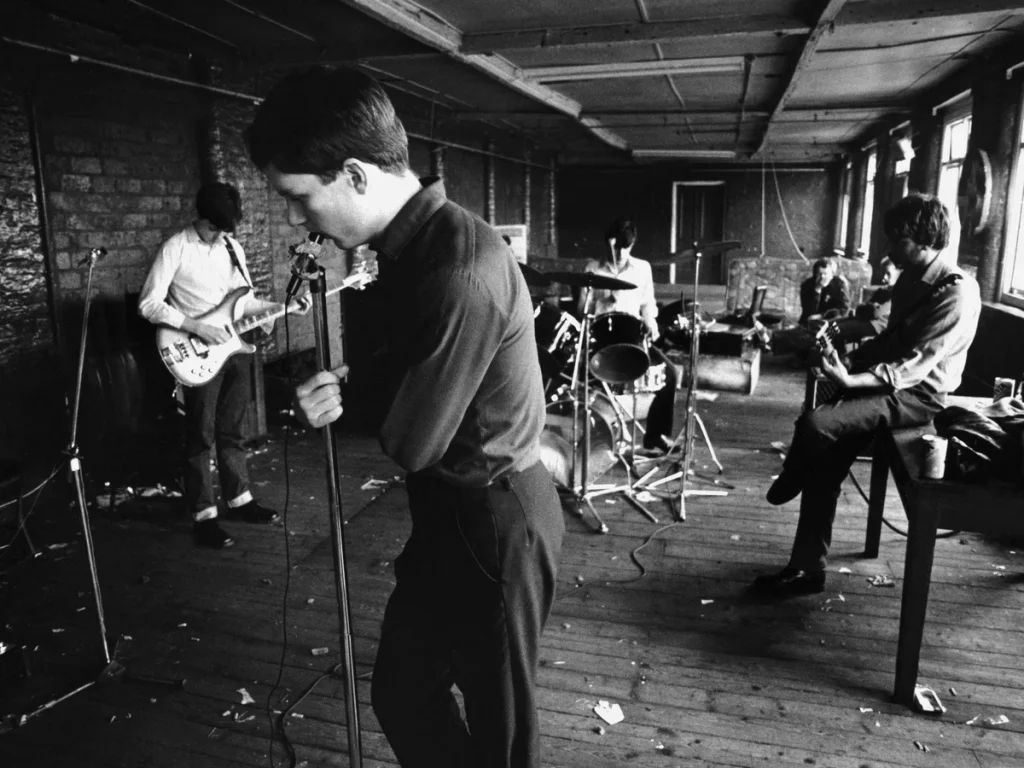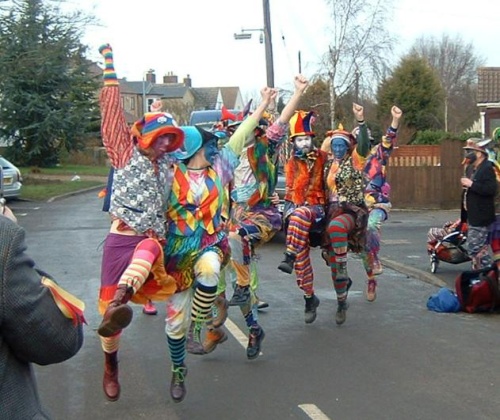
The February 1978 issue of Slash Magazine opened with the assertion, “We ain’t stupid, we know that glamorous women sell more magazines, so what else could we do but put the lovely Poly Styrene on it?” At this point, as Slash was entering its second year of documenting the burgeoning punk and new wave scenes across Los Angeles and beyond, the magazine had already gained a reputation for its unapologetically bold stance against disco, Elvis, and concept albums. It declared, “Enough is enough, partner! About time we squeezed the pus out and sent the filthy rich old farts of rock ‘n’ roll to retirement homes in Florida where they belong.”
Founded in Los Angeles in 1977 by Steve Samiof and Melanie Nissen, Slash magazine covered a broad spectrum of genres tied to the underground rock scene of the time. Beyond punk and new wave, it also provided coverage of rockabilly, reggae, and blues. Over its run, Slash published 29 issues before it folded in 1980. However, its legacy lived on through Slash Records, a punk label that was eventually acquired by Warner Bros. Records in 1999. The February 1978 issue epitomized what made Slash iconic within the early punk scene. With feature sections like “Local Shit”, “Dread Greats”. a lively “Letters from Readers” column, and the beloved comic strip Jimbo by Gary Panter, the magazine set the stage for its signature interviews with punk musicians.

The highlight of this issue was undoubtedly the interview with Poly Styrene (born Marianne Joan Elliott-Said), the lead singer of the London punk band X-Ray Spex. Born from a Scottish-Irish mother and a Somali father, Styrene began writing and playing music at 15, eventually becoming the embodiment of punk’s youthful, creative energy. As the frontwoman of X-Ray Spex, Poly stepped into a predominantly white, male-dominated punk scene. Her identity as a biracial teenage girl with thick braces and wild curly locks made her a strikingly radical figure in a movement that celebrated its defiant and unconventional image.

In the interview, conducted at a Shepperton bar, Poly talks about X-Ray Spex’s activities in a blunt and indifferent tone, typical of 1970s punk attitude.
Slash: So when was X-Ray Spex formed?
Poly: About Christmas, around January.
Slash: So it’s just been a year-a pretty amazing year, eh?
Poly: Yeah, I s’pose so, pretty good.
Slash: Did you ever expect X-Ray Spex to get this big? You must be knocked out by what’s happening.
Poly: I don’t really think about it–I never thought about it, and I still don’t. I just carry on.
Poly also shares fascinating details of her life in music, including how she came up with her punk moniker, the evolution of the band, her passion for fashion, and why so many young people in the late 1970s had grown bored with mainstream music.
Read the full interview in the RILM Archive of Popular Music Magazines.
Below is a fan-made video for the X-Ray Spex song Oh bondage! Up yours!














